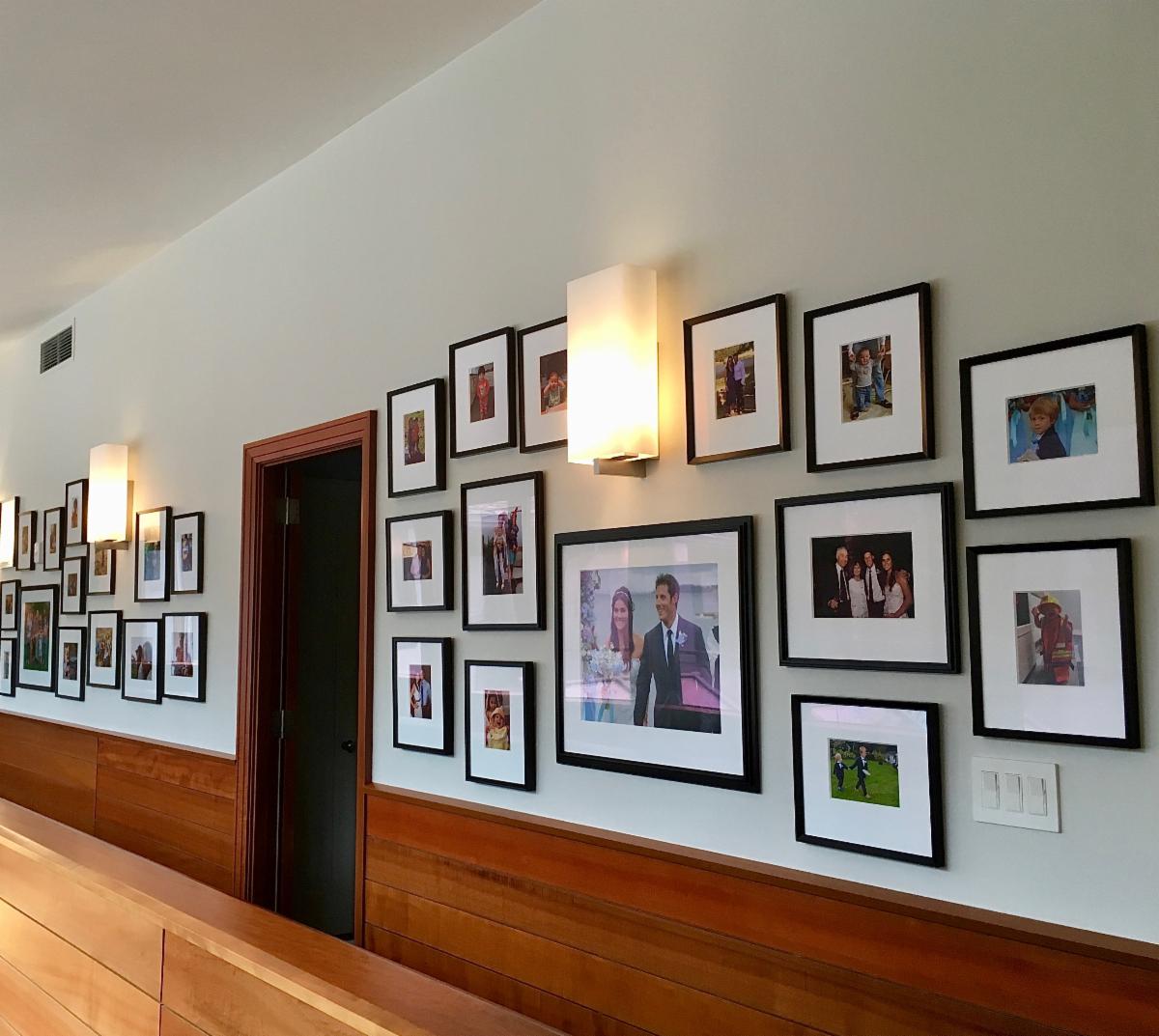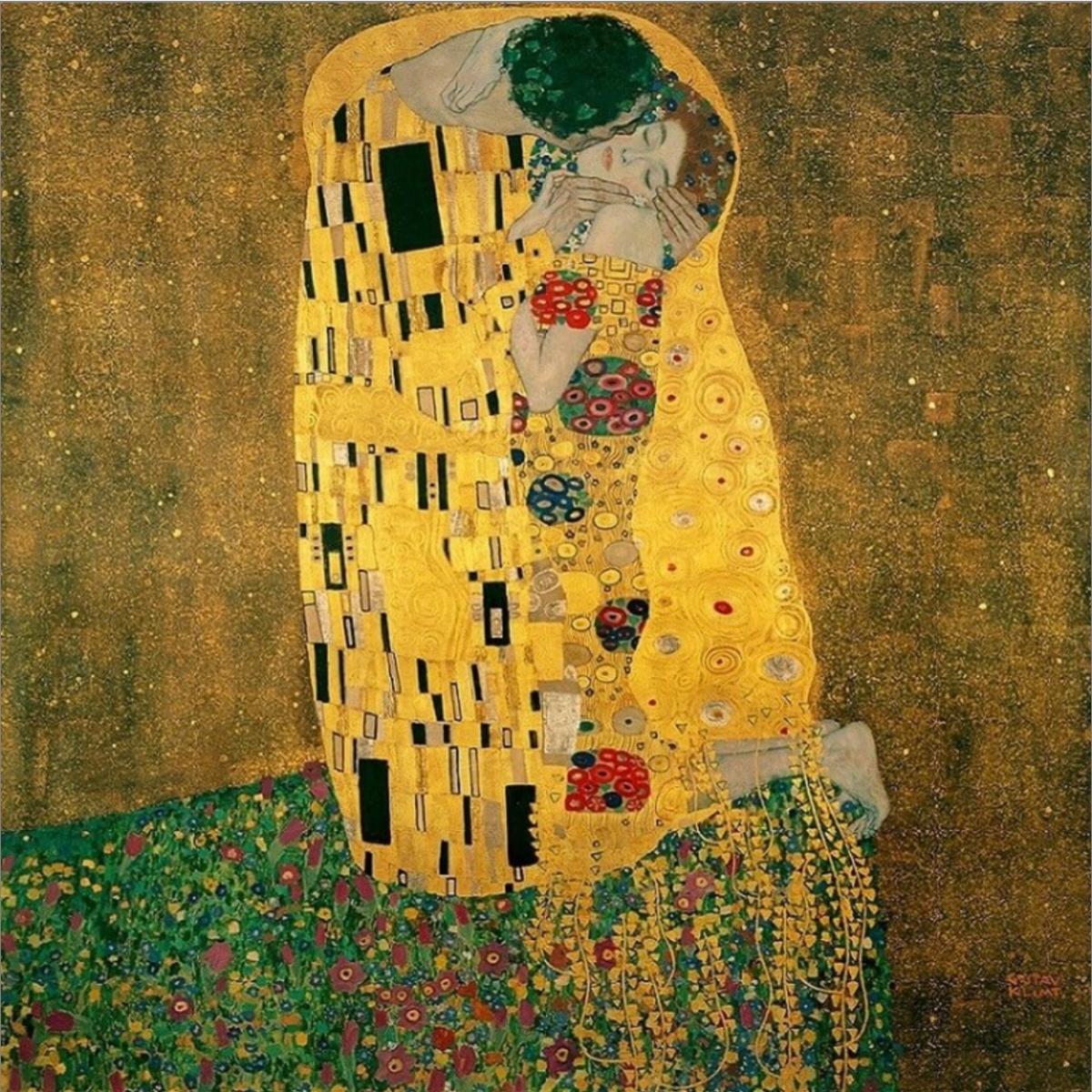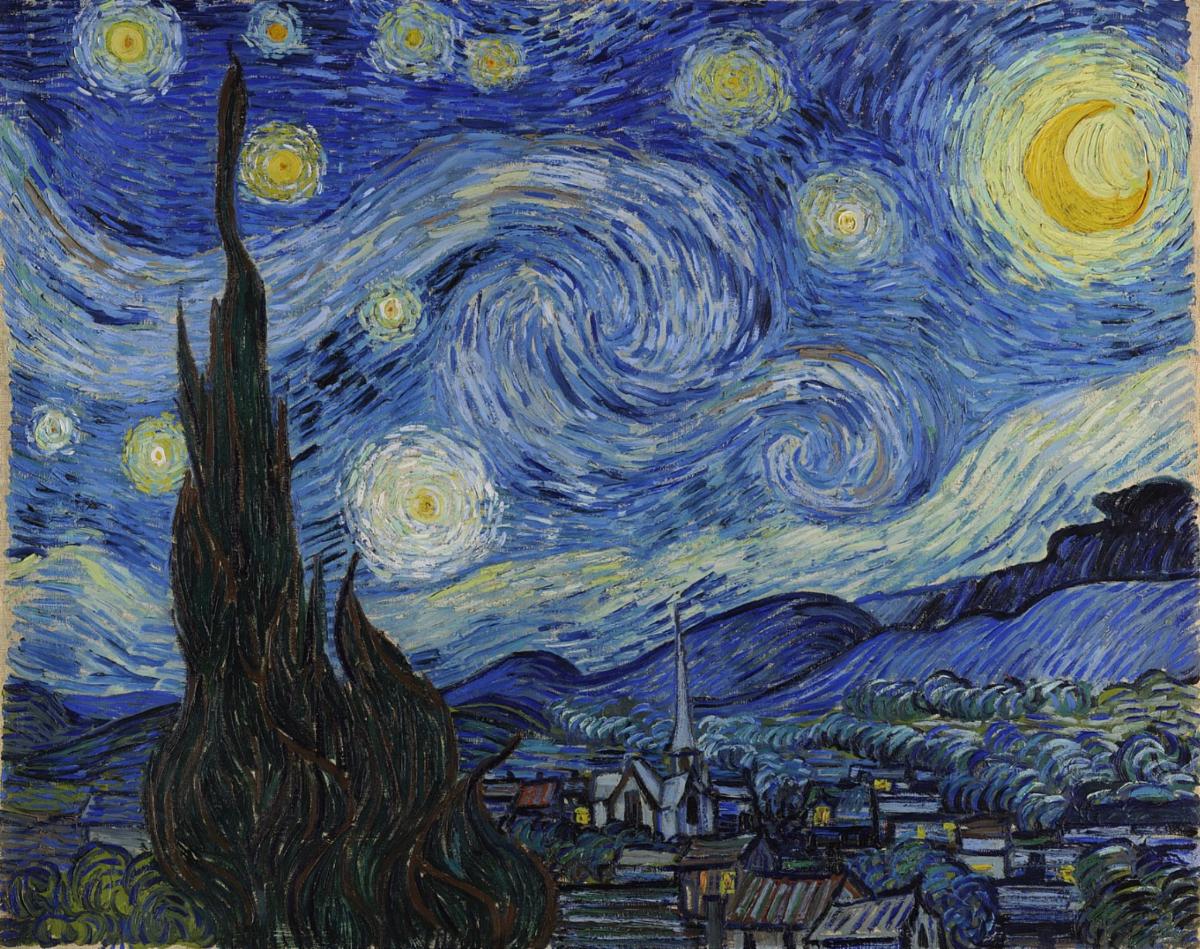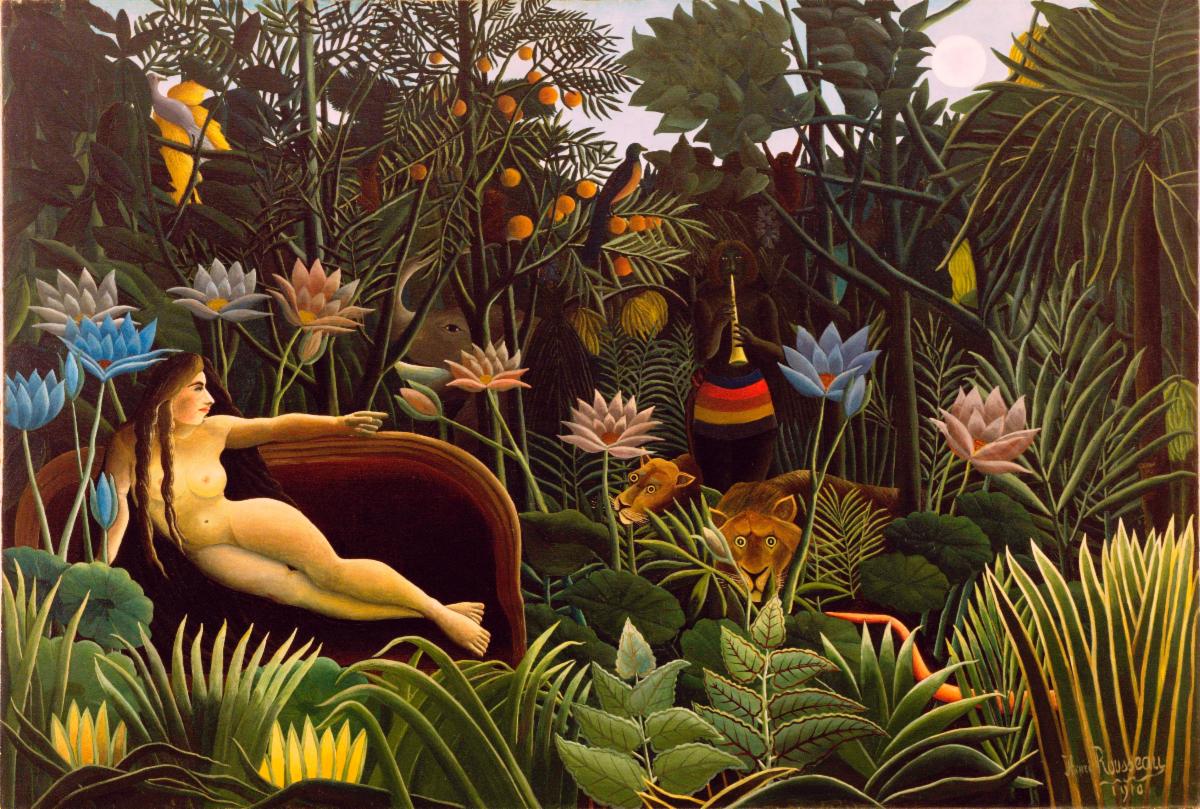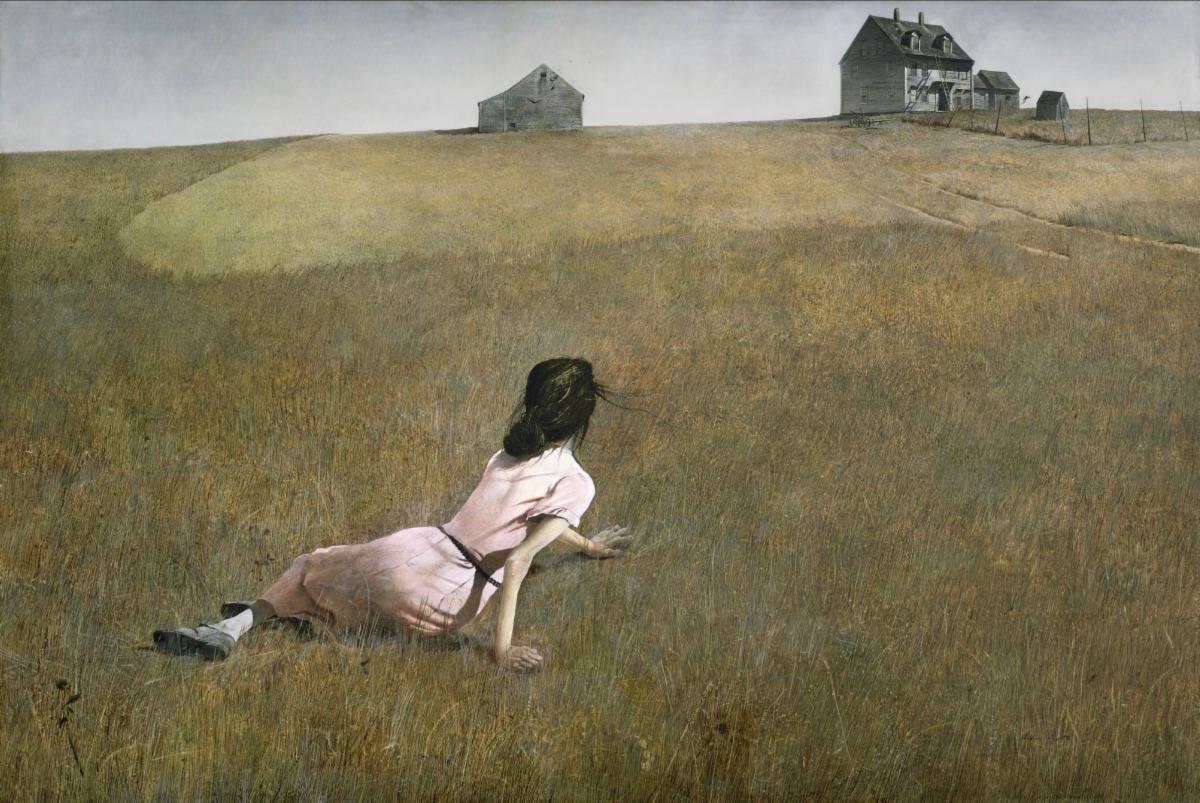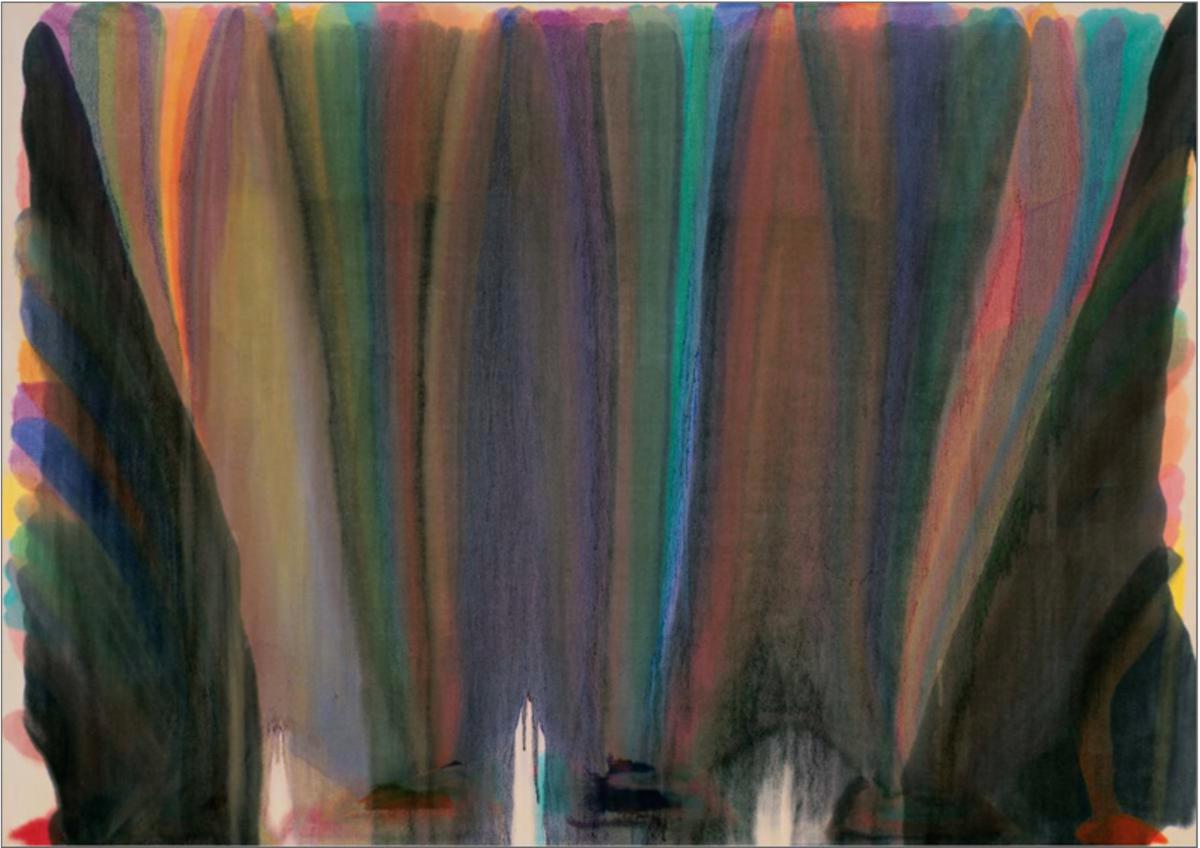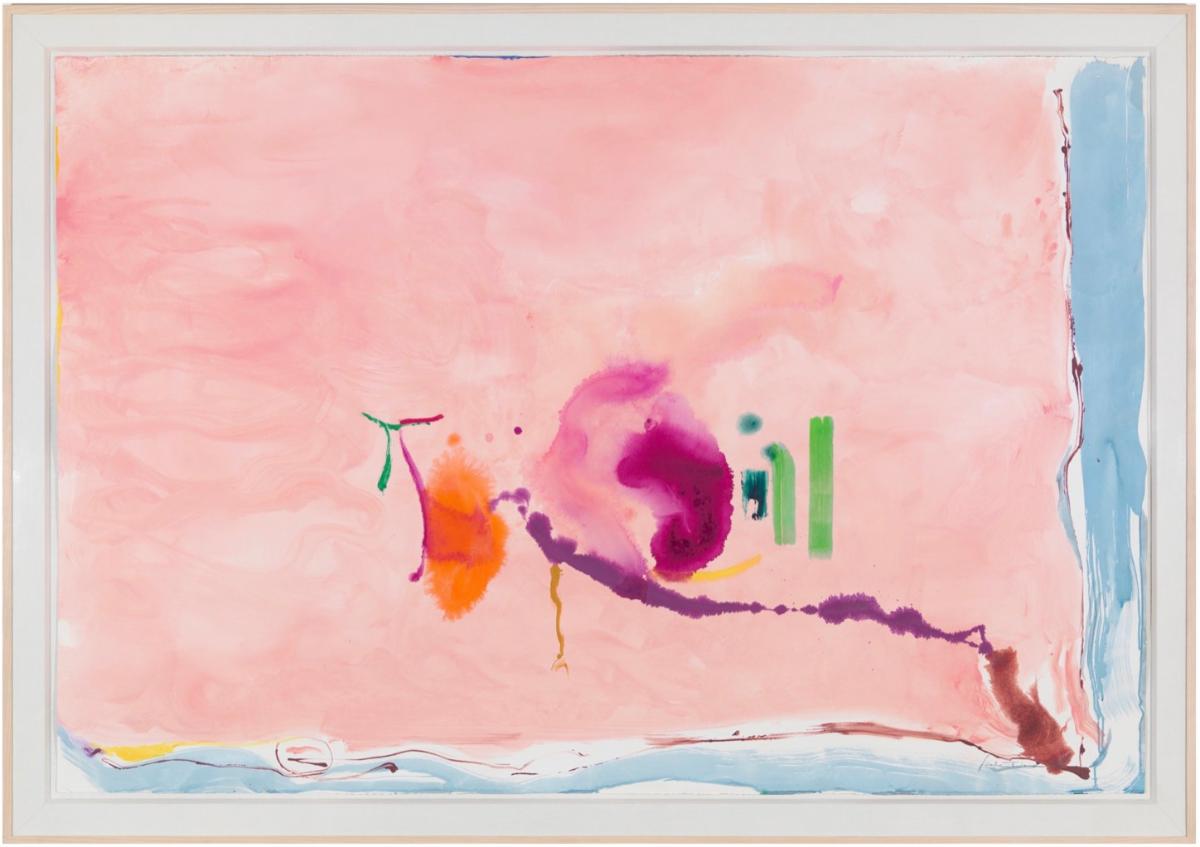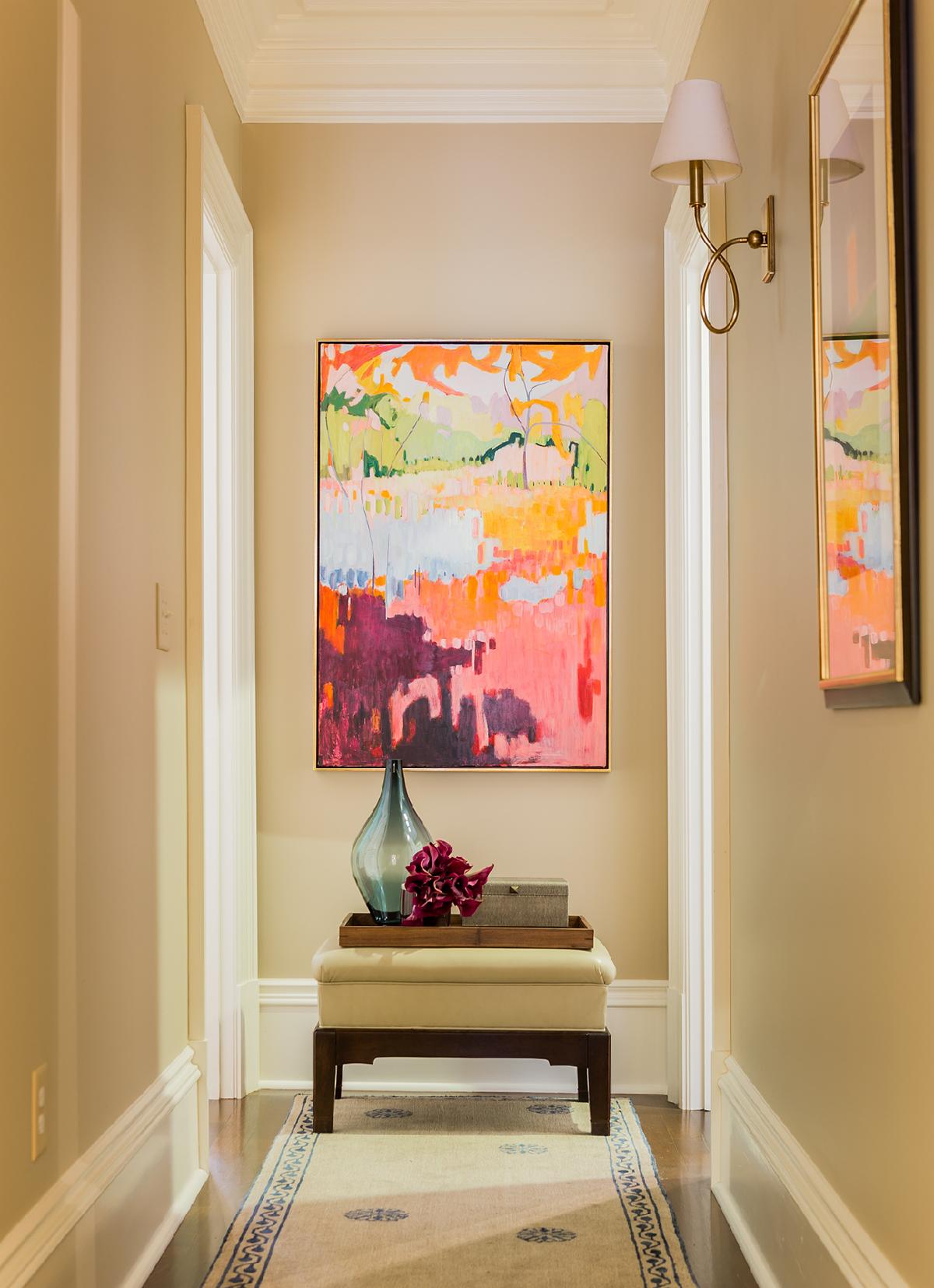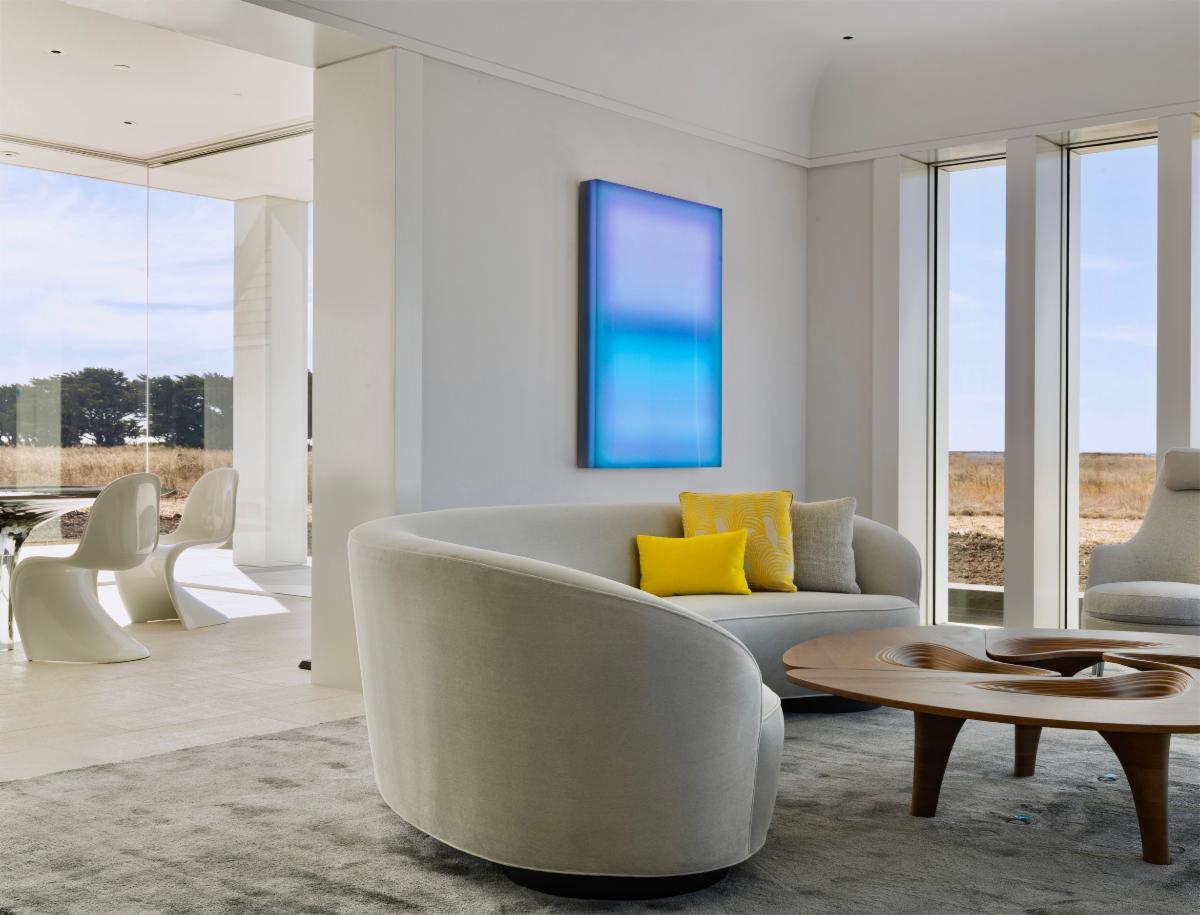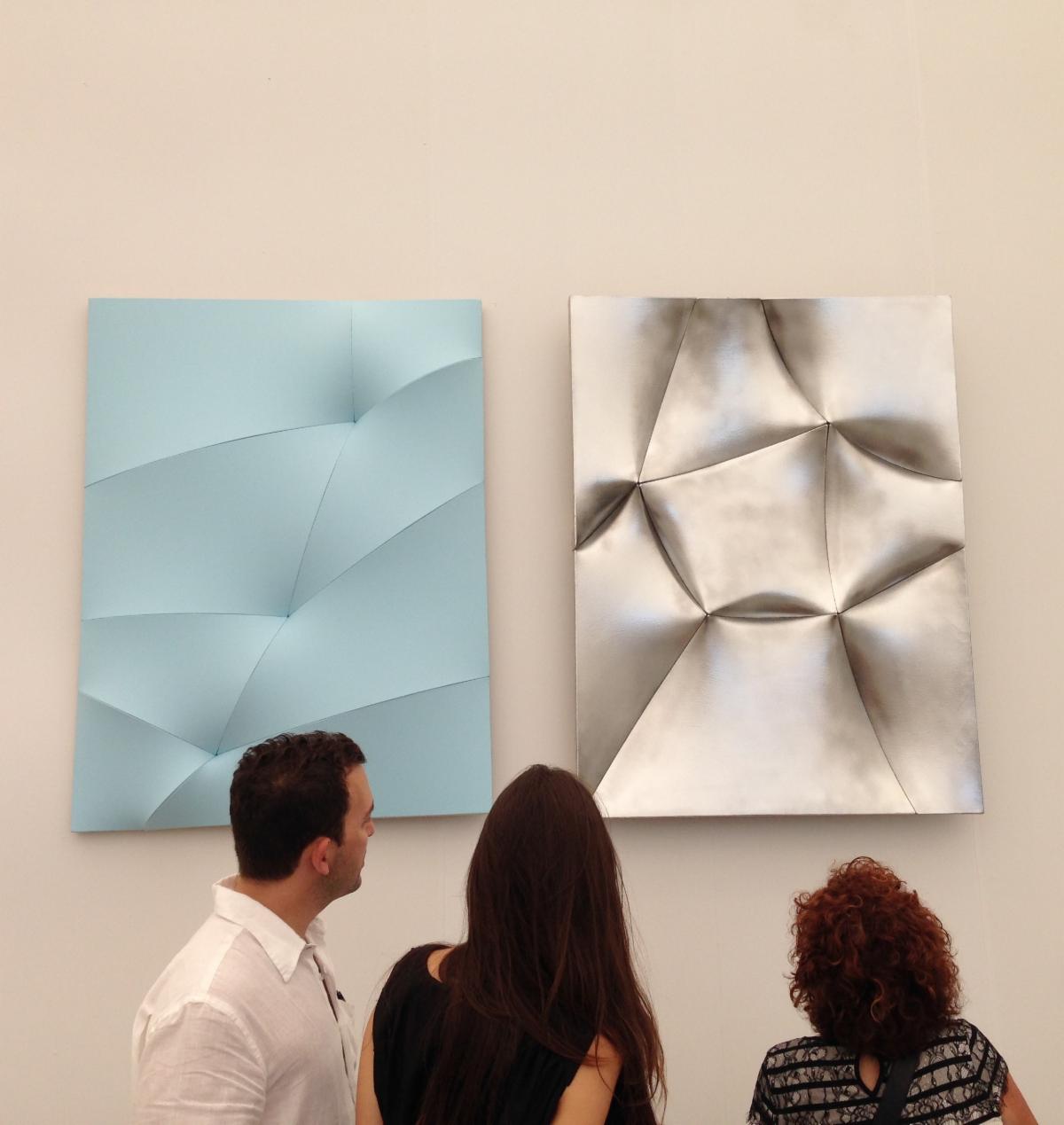With spring’s longer days comes sunlight, boosting the feel-good hormone serotonin.
Art Lift II pays tribute to six extraordinary depictions of light, spanning four centuries, sharing a single interesting fact about each work of art.
At the end, find a family friendly, soul lifting project: The Family Photo Wall.
We’re on Pandemic Time, so especially if you’re already familiar with these masterpieces, slow down and really look. See the light. Brighten your day. Deep breathe, and:
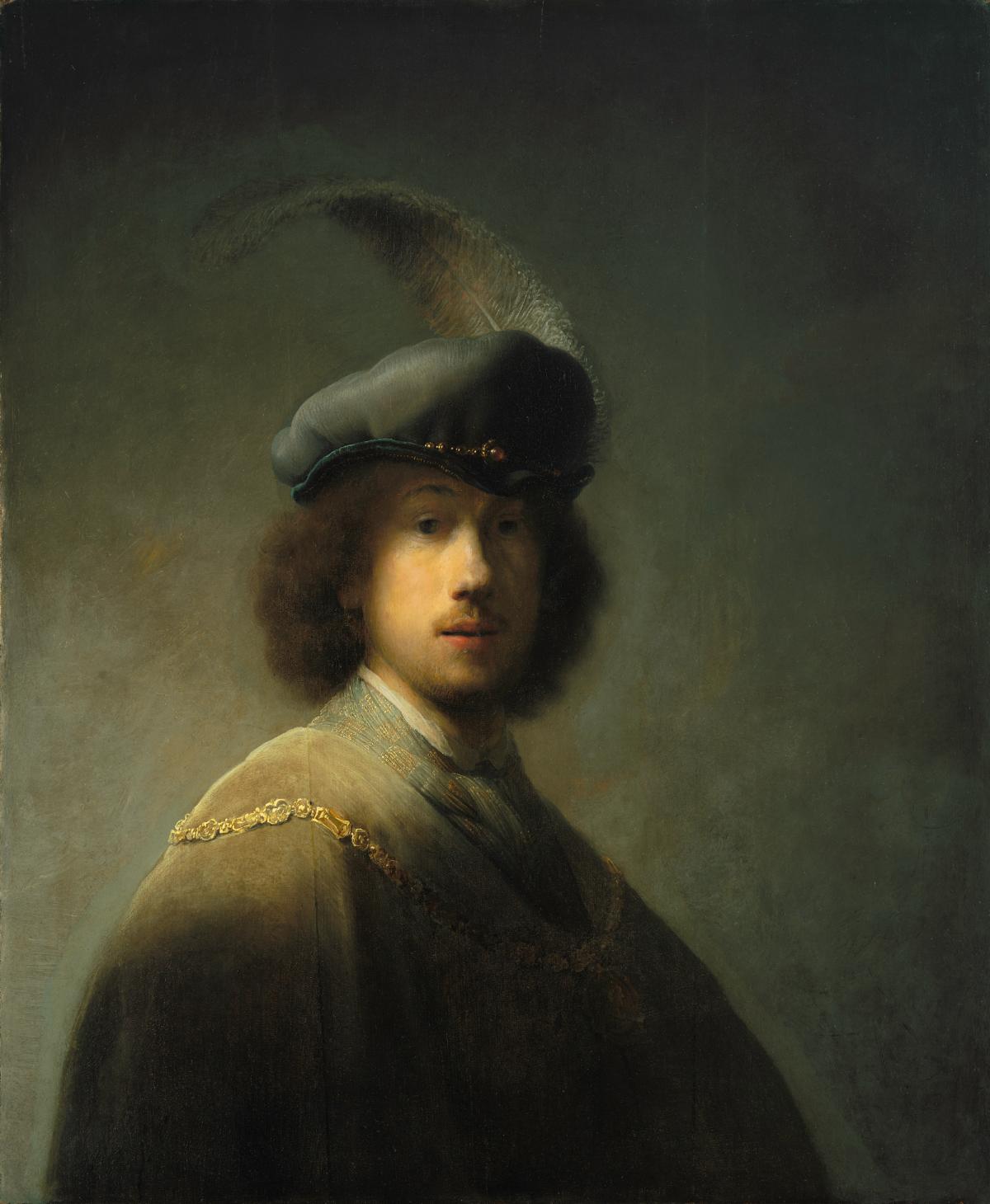
Rembrant, Self Portrait, Age 23, 1629
Modern portrait photographers still honor this master of light when they practice the Rembrant Effect, the use of light and shadow to create dramatic three dimensional shading on faces.
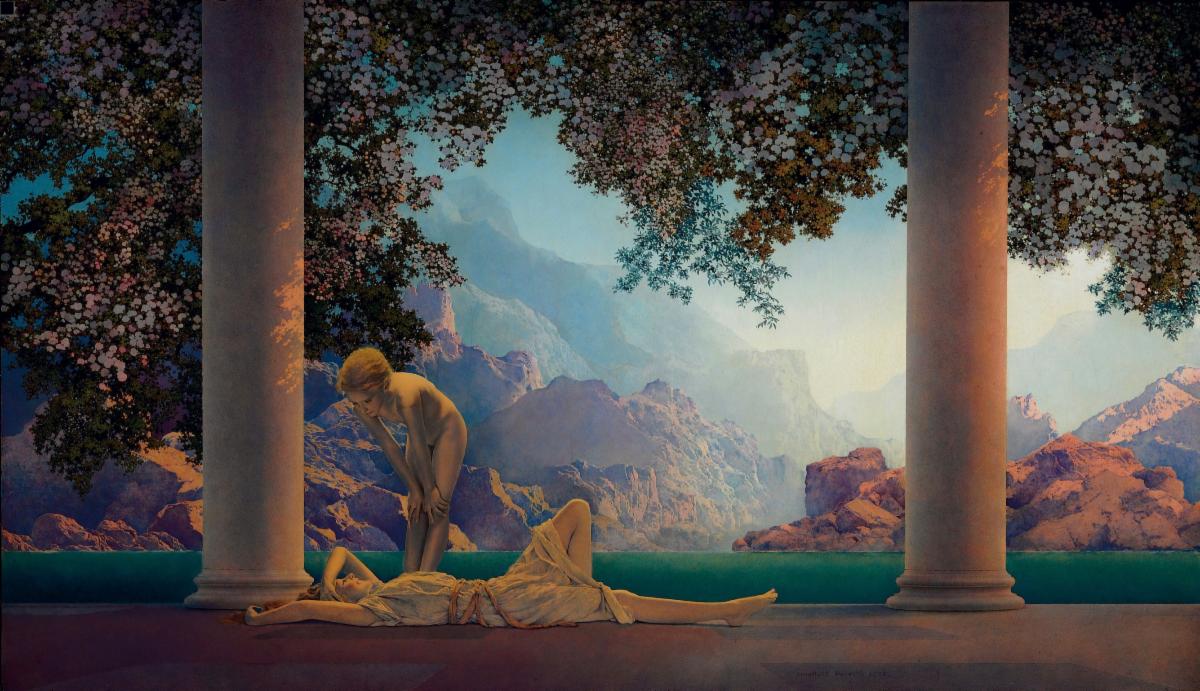
Maxfield Parrish, Daybreak, 1922
Parrish conjured supernatural light to create neoclassical worlds that were still highly relatable: in the 20th c., prints of Daybreak hung in a staggering one of every four households in the United States. How’s that for a nice following?
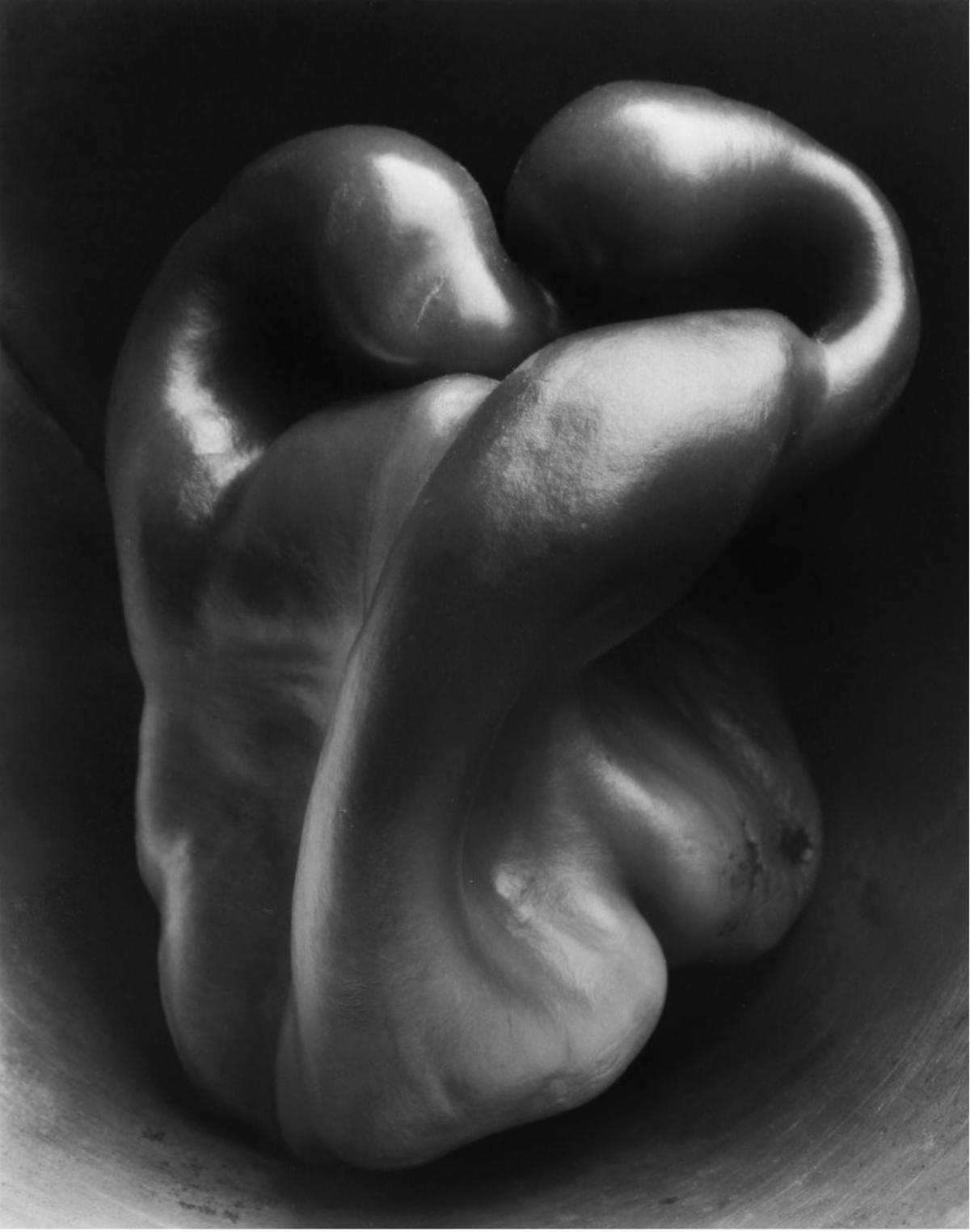
Edward Weston, Pepper No. 30, 1930
The modernist photographic master of light and form is said to have wrestled with how to illuminate this pepper for over a week. He settled upon placing it in a tin funnel, yielding the perfect three dimensional light, and then using an exposure of somewhere between six minutes up to four hours (accounts vary…)
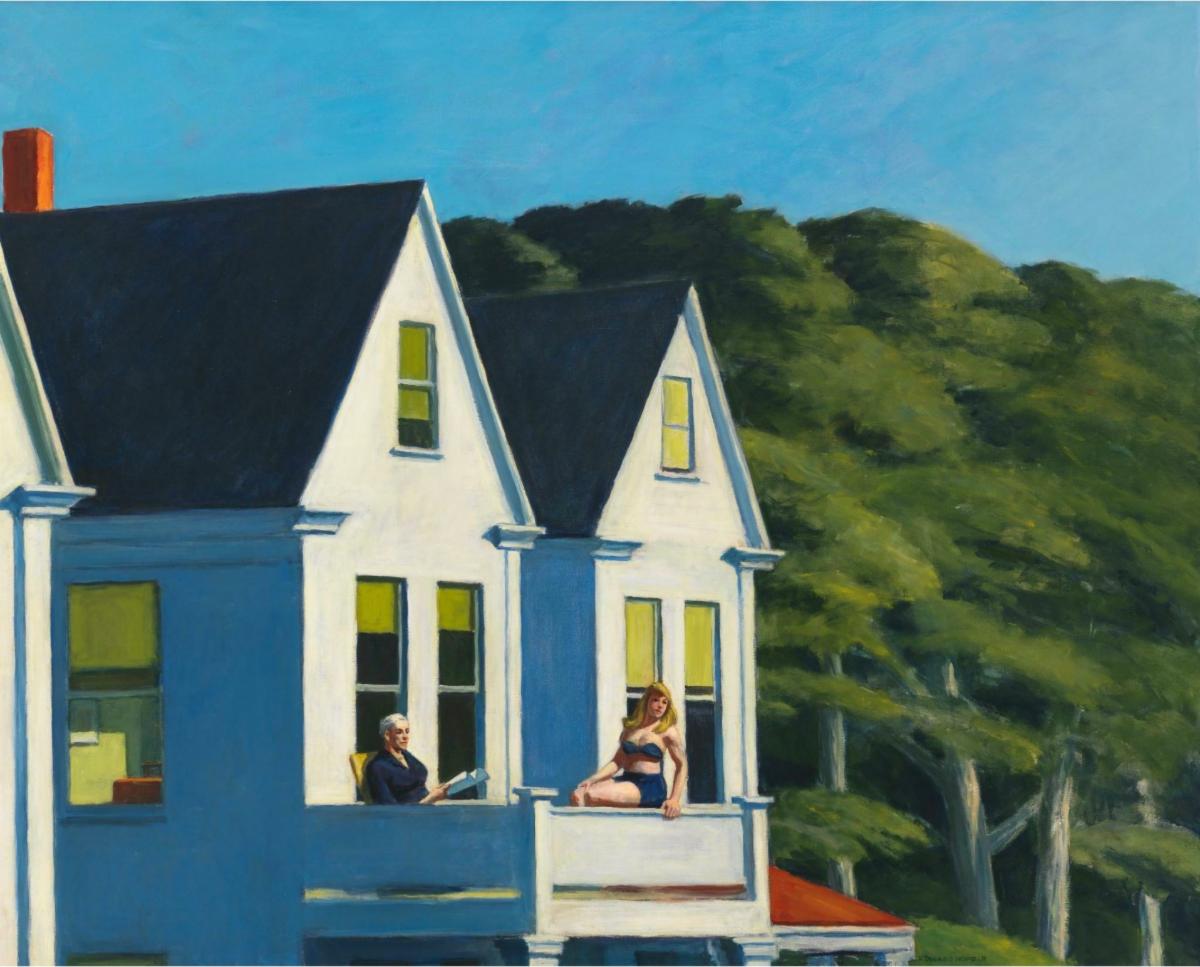
Edward Hopper, Second Story Sunlight, 1960
The drama of light was the motivating factor is nearly all Hopper’s paintings, but when asked about the meaning of Second Story Sunlight, the tight-lipped contemporary master would simply say, “This picture is an attempt to paint sunlight as white, with almost no or no yellow pigment…Any psychological idea will have to be supplied by the viewer”. What do you think is happening here? For a moment did you also think “They must be social distancing”?
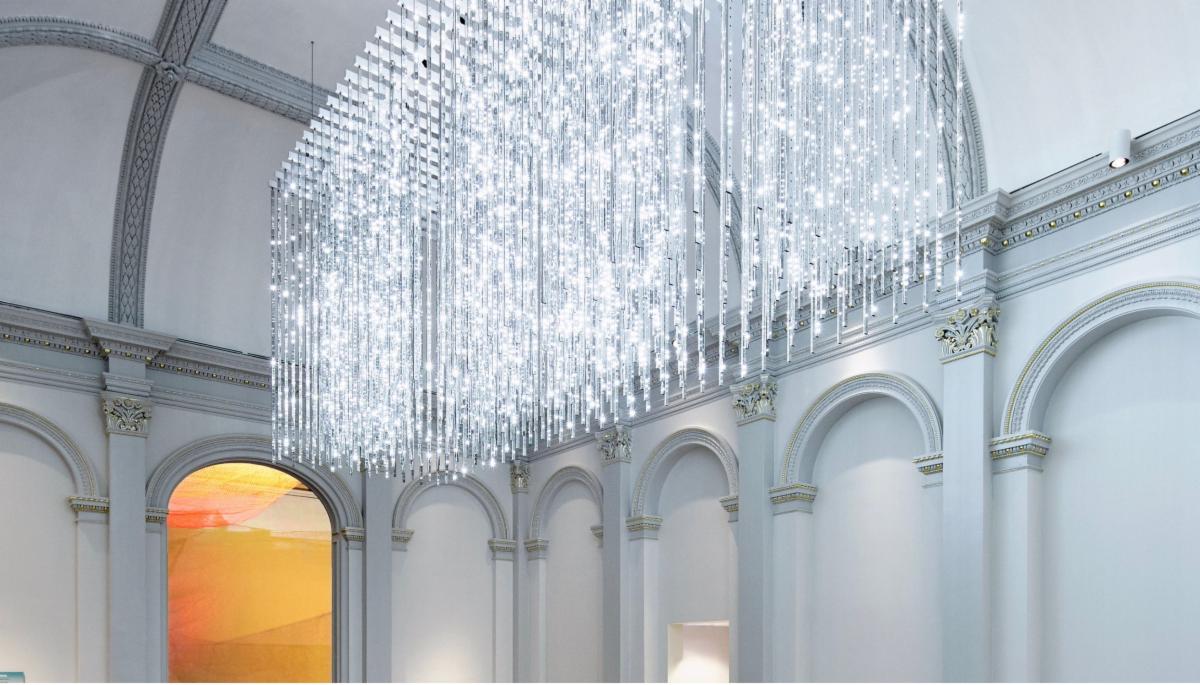
Leo Villareal, Volume, 2015, Smithsonian American Art Museum
23,000 LED’s controlled by custom computer coding to produce random, infinitely varied light patterns.
Come together, right now, over this: Treat yourself to Volume in motion:
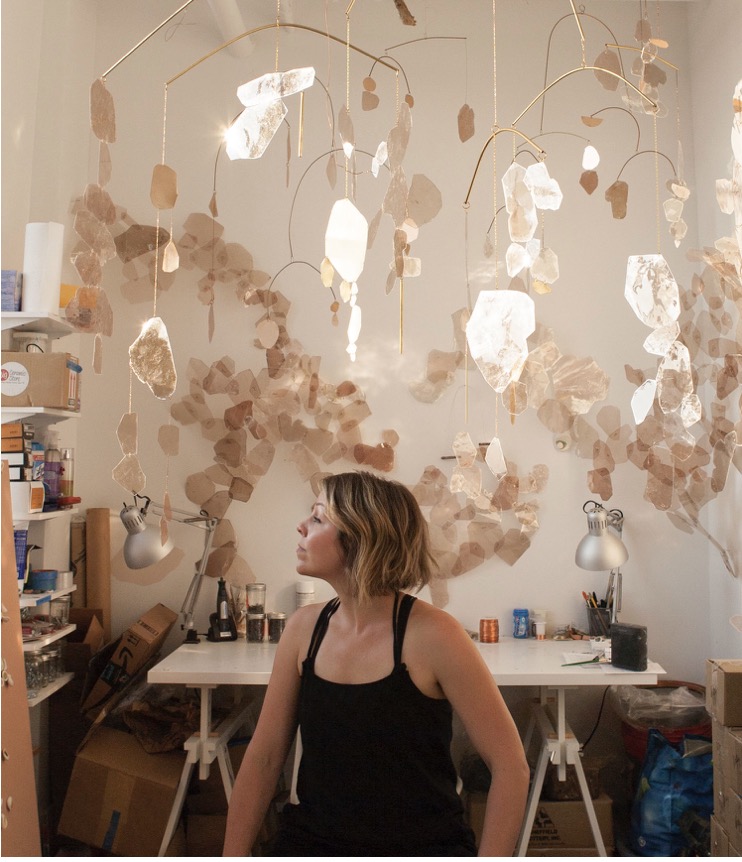
Christina Watka, The Lightness of Joy, 2020
The mica in Watka’s mobiles reflects and lets light pass through it, alternately producing visual flash or moments of calm soft shadows, at rest or in flight, pushed by air currents. Ooooooommmmmmmmm to that.
Family Photo Wall Activity:
I’d like to suggest a fun family activity that we are particularly well situated for right now: The Family Photo Wall.
Everyone loves them but clients frequently struggle to find the time to review all those photos, select favorites and design a pleasing display. Well, how about substituting a family movie night for a family photo review and selection night? Families not under the same roof can Zoom or FaceTime to share images and memories. Does that sound good around now?
For my Family Photo Wall Top Tips,

